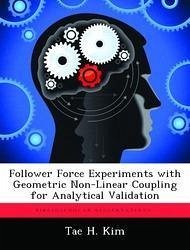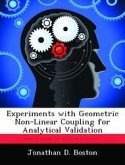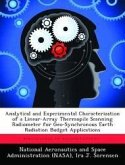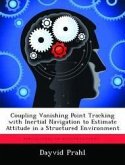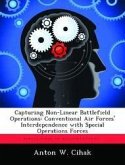This study was a follow-up of a previous study where static deflection data of a joined-wing test article was collected from a series of experiments using a laser scanner and a laser tracker while the test articles were subjected to follower-forces. One of the goals of this study was to collect accurate experimental data which could be used to validate analytical methods, such as geometrically exact beam theory, which are used to predict the nonlinear response of joined-wings. The load application system used on the previous study was not able to provide a follower-force on the test articles, and therefore the loads were not representative of what the joined-wing would experience under more realistic loading conditions. The test articles used for the experiments are the qualification model and the joined-wing model. The qualification model is simply a thin aluminum beam, which is 72 in long, 8 in wide, and 0.5 in thick, and the joined-wing model is made up of two aluminum beams, which are similar in dimension to the qualification model and are joined at the tip. The qualification model was used mainly for validating the experimental procedures in preparation for the actual experiment on the joined-wing model.

